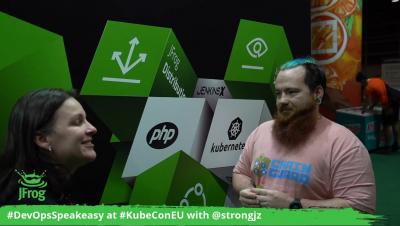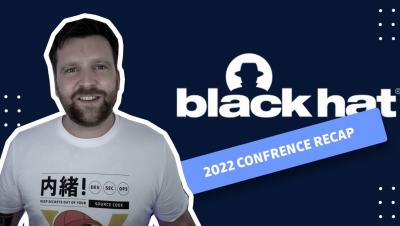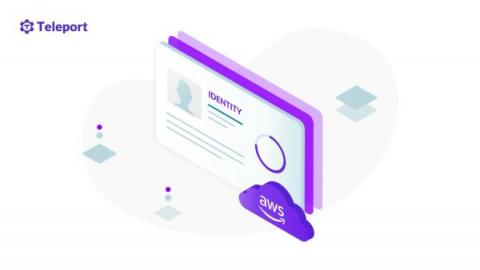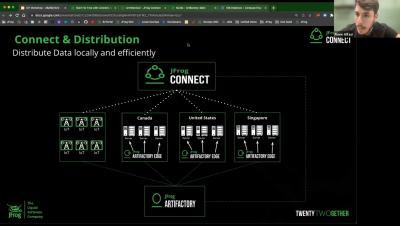OPA vs. XACML: Which Is Better for Authorization?
Modern microservices applications built using containers are complex — often requiring complex authorization solutions, due to the sheer number of access possibilities involved. Indeed, as IT infrastructure has migrated to the cloud, along with the applications running on it, security and privacy concerns have only increased. As microservice applications became ubiquitous, open-source authorization tools have come to the fore for many organizations.











